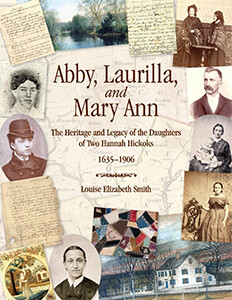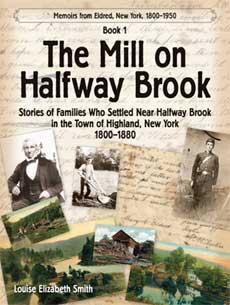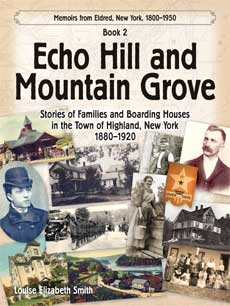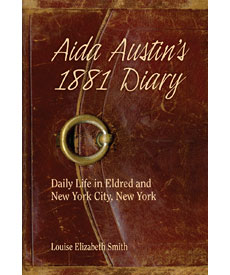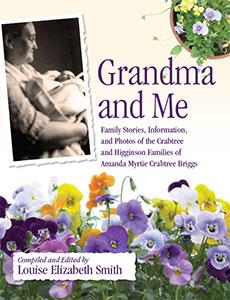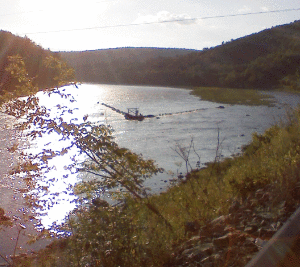
Kill/e is Dutch for a creek as in Wallkill or Beaver Kill.
Callicoon Creek
Dutch hunters named the area Kollikoonkill because there were so many Kollikoon or wild turkeys.
Whortleberries
Around 1850 George W. Eldred wrote his cousin Stephen St. Gardener that he and a friend had gone to Hagan Pond (Highland Lake) to pick whortleberries.
I had not heard of whortleberries, but a Halfway Brook reader wrote that “those whortleberries are huckleberries, and they still grow in abundance. They taste just like blueberries, only they have a tiny pit inside.”
And as I think about it now, I remember my dad often talking about huckleberries. I’m sure he picked his share growing up.
Delaware River Named
In 1610, a Captain Samuel Argall named both the Lenape River, and the people living on its banks, the Delaware in honor of Thomas West, 3rd Baron De La Warr, his patron, a British nobleman and Virginia’s first colonial governor.
Eel Weir
“Fish and eel were plentiful in the Delaware River. The Van Tuyl, Middaugh, Hooker families and others kept a barrel of salted eels for winter meals. Each child’s dinner would be a boiled eel and four buckwheat pancakes.”—from Johnston, Reminiscences.
In the 1930s my mom lived in the Barryville Parsonage. Mom said there were eel racks in the Delaware River. At times their meal included eel cut in two-inch pieces and fried, which mom remembered as tasting good.
Eels are still trapped in eel weirs near Pond Eddy, on the Delaware.


